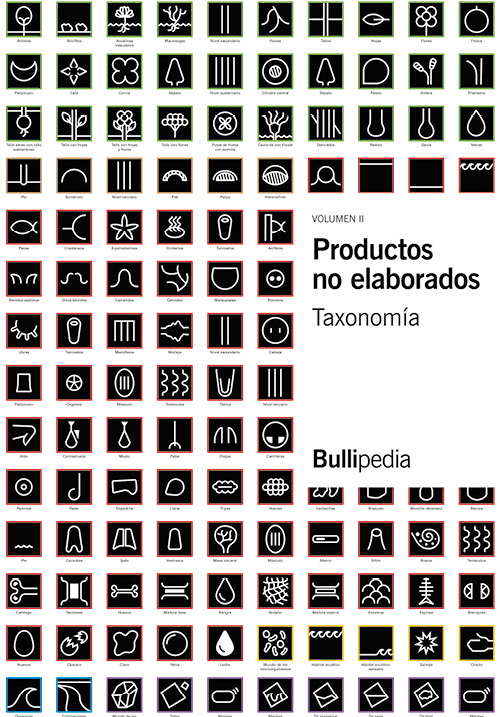
CHAPTER 2
What is classification?
First of all, as a preliminary task, we will carry out an analysis of the meaning of some of the basic terms used repeatedly in the following pages. In order to do so, we provide their definitions within the context of the gastronomic restaurant sector.
Results of the classification: classes, categories and types
By classifying, you obtain a series of results permitting you to establish the structure and definition of the classification to be made. Knowledge of these descriptive elements is key to achieving a better understanding of the classification definitions we propose for unelaborated products.
What is the purpose of classification?
Classification is one of the essential parameters for the application of the Sapiens methodology to a subject of study. In this case, defining different criteria to classify unelaborated products allows us to group them in an orderly way. The possibility of finding a way to better understand the product attributes, of generating specific databases and improving a restaurant’s operational efficiency are among the advantages and applications that we can obtain from this.
How to classify products from different perspectives
As we proceed in this section and before issuing classification criteria for unelaborated products, we undertake a review of the various proposals for generic grouping linked to different disciplines.
We begin with those in the scientific field, used to classify living beings – mainly plants, animals and microorganisms – and inorganic materials.
How have products been classified in the field of gastronomy?
To finish this section, we analyse the classifications made in the field of gastronomy. In this case, we employ the index ordering mechanisms of some of the most historically important works about gastronomy. This varied analysis, proposed by authors from different culinary periods, serves as an introduction to the following section. We complete this by exploring some of the course curricula for academic studies in gastronomy to observe the way in which they approach and categorise gastronomic products.















